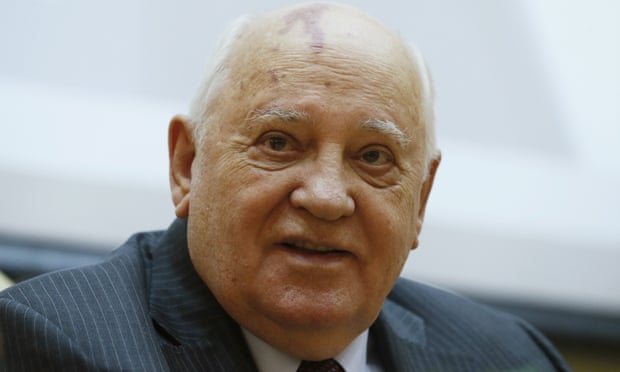Wage deal varies depending on inflation during three-year contract
Author of the article: Gordon Hoekstra
Publishing date: Sep 07, 2022 •

It is very likely a collective agreement pattern has been set for another 300,000 public sector workers after a tentative agreement was reached Wednesday with the B.C. General Employees Union.
The wage portion for the 33,000 BCGEU workers is the same as that reached by 60,000 health care workers last week, which was also revealed Wednesday.
The three-year agreement provides a 25-cent-an-hour wage increase plus a 3.24 per cent wage increase on top of that, retroactive to April. In year 2, depending on the rate of inflation, workers will receive a wage hike of 5.5 to 6.75 per cent. In year 3, the inflation-dependent wage hike is two to three per cent.
The total wage increase over three years of up to more than 14 per cent is more than the 11 per cent rejected earlier by the BCGEU. It also responds to their demand for a recognition of inflation, which is running at a four-decade-high annual rate of 7.6 per cent in Canada.
The 300,000 public sector workers in B.C. that also need to reach a deal this year include 100,000 nurses and teachers.
“It’s going to be the pattern,” said Mark Thompson, a professor emeritus at the Sauder School of Business at the University of B.C.
Thompson, whose area of expertise includes labour relations, said experience shows it’s likely union members will vote in favour of agreements recommended by their negotiating teams.
Kendra Strauss, an assistant professor of labour studies at Simon Fraser University, said it’s likely the wage component of the agreement will be a fundamental plank in other public sector settlements.
But she said other sectors may have unique non-wage issues, including for teachers issues such as the effect of COVID-19, and classroom resources and supports. She also noted teachers’ wages in B.C. are lower than some provinces, including Alberta.
Christopher McLeod, an associate professor of occupational and environmental health at the University of B.C., agreed the wage settlement is likely to form the pattern for other public sector workers.
He said the B.C. government benefits because the cost of allowance provisions are capped, so it can calculate the cost of the agreements. “It’s a generous agreement by historic standards. … But I think the government has the fiscal capacity,” said McLeod.
Recently, the province announced at $1.3 billion budget surplus for the past fiscal year after projecting a nearly $10 billion deficit. The B.C. government is projecting a deficit of $5.4 billion this year.
The labour observers noted other provisions in the agreement — bumping up certain positions on wage grids — is meant to attract and retain people where there are labour shortages.
Because of a tight labour market, wages have been going up in parts of the private sector, sometimes at a higher rate than in the public sector, noted the academics.
The BCGEU had taken job action, striking at liquor distribution warehouses and adopting an overtime ban, but called that off to return to the bargaining table two weeks ago at the request of the province.
Timing of ratification votes will be announced soon, said the union.
“After almost two weeks of job action and nine consecutive days at the table, enough progress was made that the committee decided it was time to let our members see what’s on offer and have their say,” said Stephanie Smith, president of the BCGEU and chair of the bargaining committee.
In a written statement, B.C. Finance Minister Selina Robinson said the deal is fair and reasonable for employees now and three years from now.
“This deal balances the needs of workers with our fiscal responsibilities to the province and people of British Columbians,” she said.
Robinson said she could not provide “detailed” cost estimates of the deal on the public purse. Earlier, the ministry said a one per cent increase for all public sector employees would cost about $311 million a year. So a full 14 per cent would cost about $4.4 billion.
The BCGEU agreements covers occupations that provide core government services, such as social services, environmental management and public safety, including sheriffs and correctional officers.
Also covered by the agreement are unionized members of the Liquor Distribution Branch, as well some employees at the B.C. Pension Corporation, Destination B.C. and the Royal B.C. Museum.
In a message to its members about the deal 60,000 health care workers, the Hospital Employees Union said it was recommending its members approve it.















